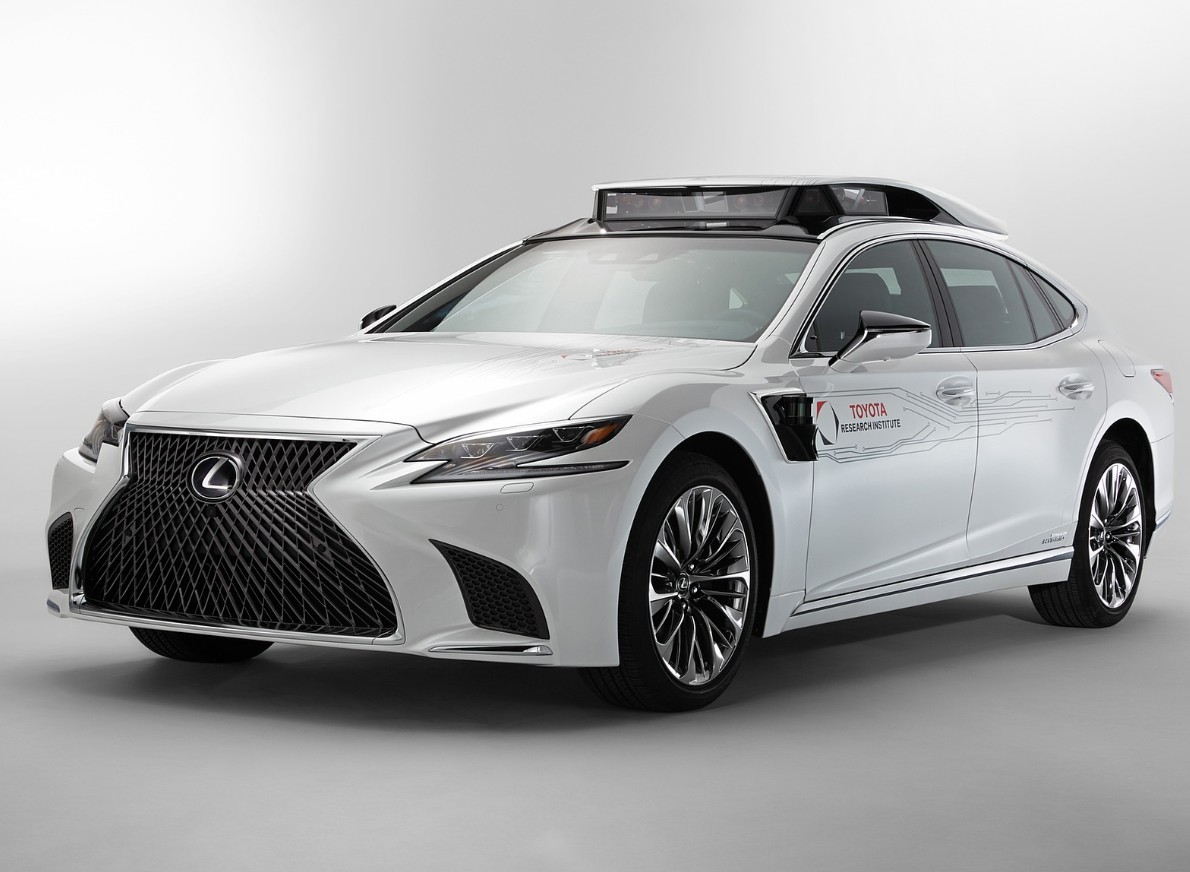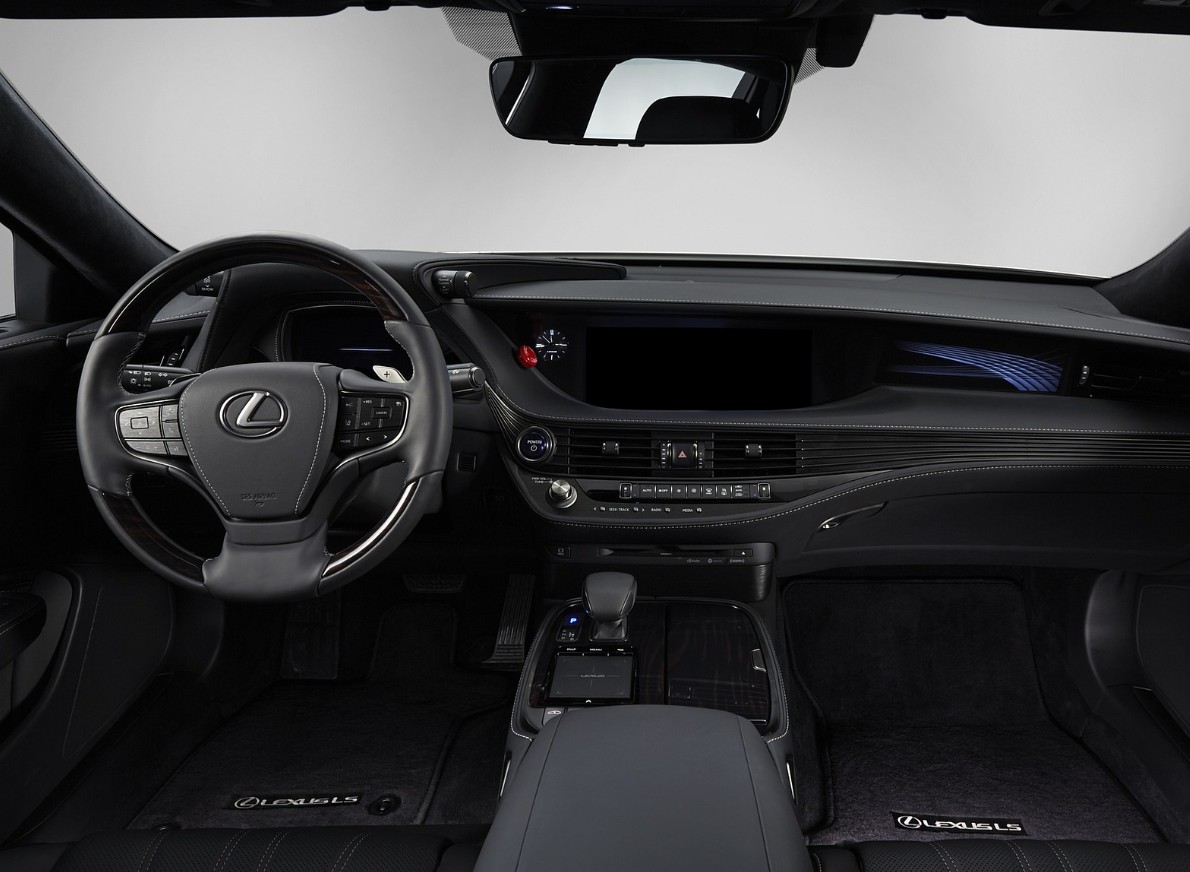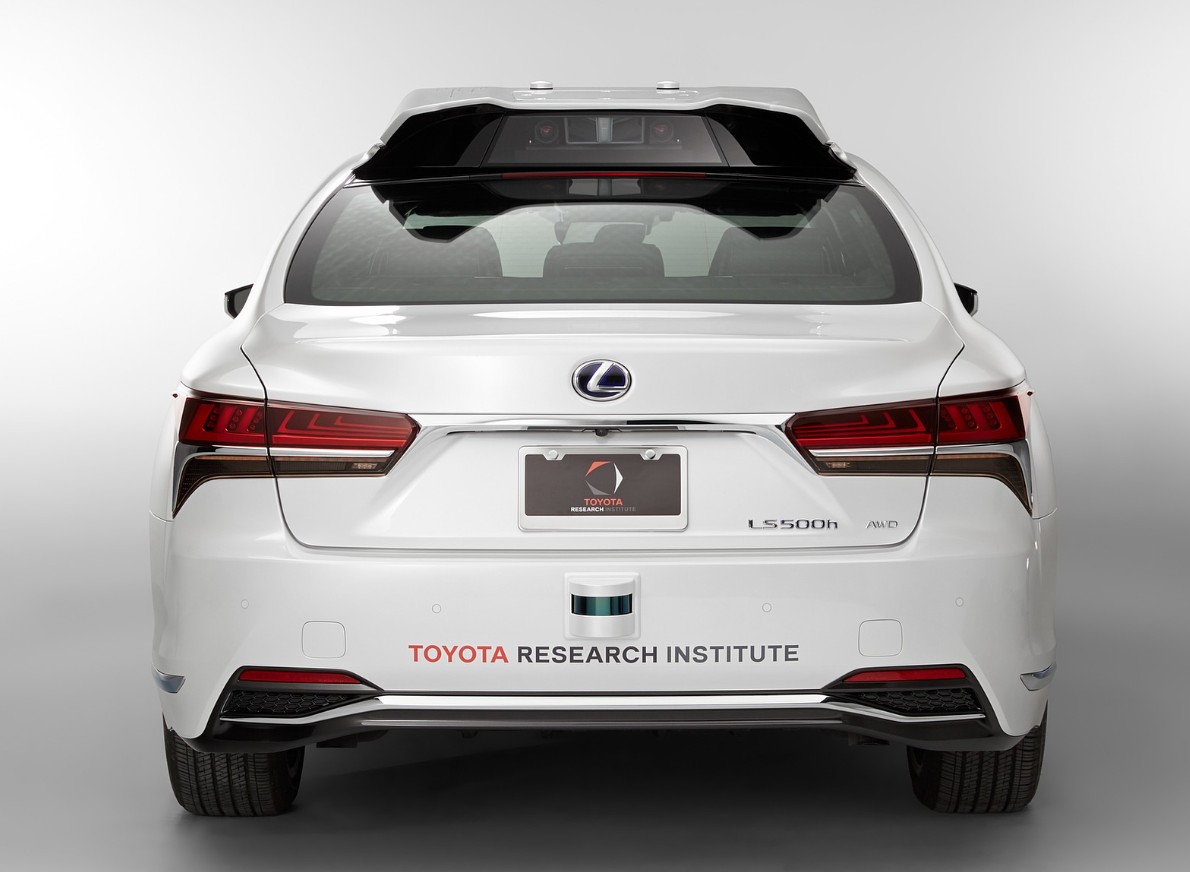2026 Lexus LS TRI-P4 Autonomous Price, Interior, Configurations – For 2026, Lexus has completely overhauled its flagship sedan to accommodate the future of autonomous mobility, and the result is the radically advanced Lexus LS TRI-P4 Autonomous. Based on the legendary LS platform, this new evolution is tailored around Toyota Research Institute’s cutting-edge TRI-P4 autonomous driving system. The vehicle represents not only a leap in technology but a full commitment to redefining what premium, self-driving mobility should feel like. The platform now seamlessly merges AI, precision engineering, and signature Lexus craftsmanship. 2026 Lexus LS TRI-P4 Autonomous Price
2026 Lexus LS TRI-P4 Autonomous Redesign and Update Plan
Exterior & Interior
From the outside, the 2026 LS TRI-P4 Autonomous has a commanding presence—subtle yet unmistakably futuristic. Lexus designers aimed for a minimalist, tech-forward appearance while retaining elegance. The updated front grille has been slimmed down, as reduced airflow needs make traditional grilles less critical. Daytime running lights take on an L-motif etched with micro-prism detailing, while the fully enclosed 21-inch turbine-style wheels aid in aerodynamic efficiency and reduce road noise—ideal for a vehicle designed for extended autonomous travel.
Step inside, and the focus shifts entirely to passenger experience. The front seats, while still available for manual override, are now more akin to luxury lounges with full recline capabilities, built-in massage, and zero-gravity postures. In autonomous mode, the front seats can swivel inward up to 20 degrees, creating a lounge-like space where passengers can interact face-to-face. Lexus uses sustainable materials like bamboo fiber composite, vegan leather, and natural-woven LED-lit fabric surfaces to craft a soothing, high-tech cabin.
Technology integration dominates the interior layout. A 17-inch OLED infotainment display is embedded into the center console, while AR glass projects drive and navigation data across the entire windshield and side windows. Rear passengers enjoy dual 12.3-inch entertainment touchscreens, climate-controlled captain’s chairs, and noise-canceling headrest audio. The ambient lighting system adjusts based on mood detection, while biometric sensors analyze passenger comfort levels in real-time. It’s a fully immersive environment built around luxury, not driving.
The redesign prioritizes a form-follows-function approach. While the new LS retains elements of Lexus’s design DNA, it has been re-sculpted with intelligent autonomy in mind. The exterior incorporates flush-mounted LIDAR sensors, long-range radar, multiple vision cameras, and AI-managed hardware all subtly integrated into the bodywork. The front fascia is cleaner, with airflow optimization guiding the contours. Every panel is aerodynamically tuned to enhance sensor performance while keeping wind noise at a minimum. Lexus has even adjusted panel thickness and materials to reduce vibrations and improve data processing for onboard autonomous systems.
Beneath the skin, the chassis has been upgraded for better rigidity and quieter operation to support Level 4 autonomous driving. Lexus engineered a floating rear subframe and recalibrated the suspension for smoother transitions during automatic lane changes and turns. Engineers also worked with TRI’s software team to synchronize ride comfort with machine-learned driving behavior, optimizing everything from acceleration to braking patterns in fully autonomous mode. It’s not just a flagship—it’s a flagship that thinks for itself.
2026 Lexus LS TRI-P4 Autonomous Specs
Engine & Performance
The 2026 Lexus LS TRI-P4 Autonomous is powered by an all-electric drivetrain designed for quietness, power, and seamless operation. Dual electric motors—one on each axle—produce a combined 480 horsepower and 512 lb-ft of torque. Acceleration from 0 to 60 mph occurs in just under 4.8 seconds, but Lexus deliberately tuned the drivetrain for smooth torque application over aggressive bursts, aiming for graceful movement rather than sport-tuned dynamics.
An advanced 108-kWh solid-state battery lies beneath the vehicle floor, offering an estimated range of 410 miles on a single charge. Wireless inductive charging capability is standard, allowing the LS to charge at home or at public pads without plugging in. Lexus also introduces predictive energy management using cloud-based data, learning traffic patterns and terrain to regulate battery output efficiently. It’s not just fast—it’s intelligent, learning over time to optimize itself around your habits and routes.
What truly separates this LS from any other vehicle is its TRI-P4 autonomous system. Built on a combination of deep neural networks and real-time edge computing, the TRI-P4 suite can perform Level 4 autonomy under designated geofenced areas. The system includes redundancy in braking, steering, and battery modules to ensure fail-safe operation. During autonomous mode, the LS adjusts its acceleration profile, steering angle, and cabin feedback to minimize motion discomfort—especially in urban environments. The vehicle handles with the grace of a trained chauffeur, tuned by code instead of instinct. 2026 Lexus LS TRI-P4 Autonomous Price
2026 Lexus LS TRI-P4 Autonomous Fuel Economy
With its solid-state battery and advanced thermal management system, the 2026 LS TRI-P4 Autonomous delivers class-leading electric efficiency. Lexus estimates real-world consumption at 3.8 miles per kWh, giving the sedan a practical urban range of just over 400 miles. The inclusion of solar-augmented roof panels allows the LS to slowly recharge while parked, especially helpful during long airport stays or valet parking. DC fast charging can refill up to 80% in just 21 minutes with the new 800V charging architecture.
2026 Lexus LS TRI-P4 Autonomous Safety Features
The 2026 LS TRI-P4 is the safest Lexus vehicle ever built—not just in terms of crash protection, but in active and predictive safety. Starting with the physical frame, Lexus has reinforced key crumple zones with high-tensile steel and aluminum alloy composites to disperse impact more effectively. The cabin is surrounded by eight strategically placed airbags, and a new anti-submersion seat design reduces movement during high-speed deceleration events.
Lexus Safety System+ 4.0 is standard, but the TRI-P4 suite goes much further. Using a combination of LIDAR, short and long-range radar, thermal cameras, and ultrasonic sensors, the system maps a 360-degree field around the vehicle at all times. The AI-driven prediction model is capable of anticipating pedestrian movement, recognizing erratic driving behavior from nearby vehicles, and planning multi-path avoidance maneuvers in real-time. It updates dynamically through over-the-air software improvements, ensuring the system evolves with real-world data.
There’s also a Human-AI interaction system embedded into the LS’s autonomous controls. It uses natural voice recognition, facial emotion analysis, and even pupil dilation tracking to assess passenger readiness, anxiety, or fatigue levels. For added reassurance, Lexus includes a Guardian Override Mode—if the system detects irregularities in health or safety, it can safely pull over, contact emergency services, and provide real-time diagnostics. Safety here is no longer reactive—it’s anticipatory.
2026 Lexus LS TRI-P4 Autonomous Release Date & Price
As expected, this kind of forward-thinking mobility comes at a cost. Lexus will offer the LS TRI-P4 Autonomous in a single, ultra-premium trim priced from $122,800. Optional upgrades include bespoke interior materials, a privacy partition with AI ambient control, and a four-seat executive layout with leg-rest extensions. An optional Lexus Concierge Service package integrates the LS into a user’s smart home ecosystem, including scheduled automatic deployment from garages.
The LS TRI-P4 Autonomous will enter production in late 2025, with initial deliveries beginning by the second quarter of 2026. Availability will be limited in the first year to major U.S. metro areas with autonomous vehicle infrastructure, such as San Francisco, Austin, Phoenix, and select regions of Florida and New York. A national rollout is expected by mid-2027 as regulations and infrastructure expand. 2026 Lexus LS TRI-P4 Autonomous Price


